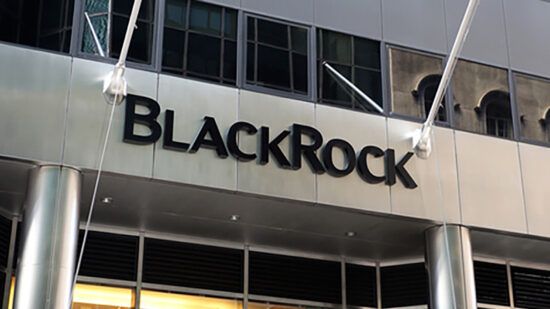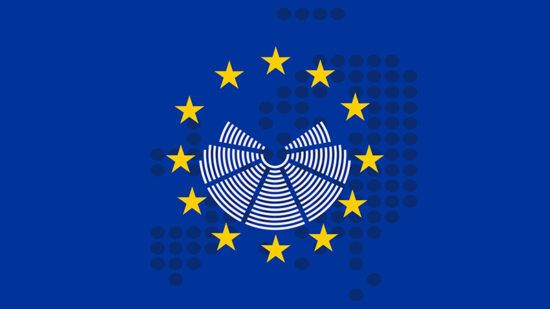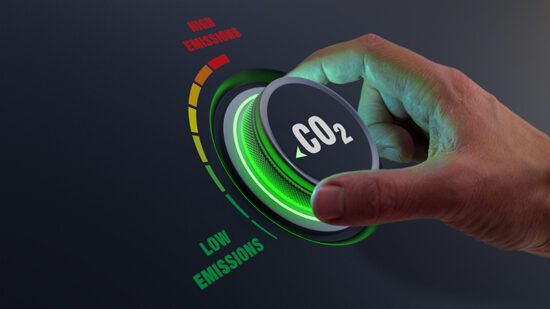The EU’s goal of reaching a climate-neutral economy by 2050 is an ambitious one. As much capital as possible must flow into truly environmentally-friendly activities over the coming decades if it is to become a reality.
The good news, then, is progressive disclosure standards are allowing investors in Green, Social and Sustainability bond funds to emerge as a powerful source of sustainable funding.
Choosing dark green over light green
European Green, Social, and Sustainability – or GSS – bond funds continued to attract impressive investment last year. According to our research, they enjoyed more than €3bn of inflows in 2023. That’s less than the record €6bn raised in 2021, but it’s still nearly two-thirds of total European sustainable fixed income fund inflows in Q3 2023.
What we found particularly interesting within this allocation was a clear divergence in attitudes towards Article 8 and Article 9 GSS bond funds among investors. Indeed, where a sample of the former saw considerable outflows last year, the latter saw strong inflows. This is a clear indicator that investors are specifically seeking out GSS bond funds that can make the most positive environmental impact possible.
Under the Sustainable Finance Disclosure Regulation – or SFDR – introduced in 2021, Article 9 funds are those that have sustainable investment as their core objective. The majority of their portfolio must be invested in assets that promote sustainability, and they must make detailed ongoing disclosures to demonstrate how they are aligned with their goals. Article 8 funds, meanwhile, promote environment and social objectives but do not necessarily have sustainability at their core.
In other words, Article 8 funds are the light green to Article 9’s dark green. And the preference for ‘dark green’ European GSS bond funds suggests investors are using the SFDR rules to maximise the sustainability commitment of their allocations.
Growing Taxonomy alignment
Another interesting finding was that European GSS bond funds are becoming more aligned with the EU Taxonomy.
The Taxonomy was introduced in 2020 as a framework to classify ‘green’ or ‘sustainable’ economic activities executed across the European block. These are centred around six key environmental objectives, including climate change mitigation and the transition to a circular economy, and to qualify, the economy activity must make a significant contribution to one objective without doing significant harm to any of the others in the process.
We tracked five of the most established green bond funds over nine quarters, focusing specifically on the portion of GSS bonds in each. In doing so, we found that overall alignment to the EU Taxonomy increased from around 30% to well above 40% between Q4 2021 and Q4 2023.
The biggest driver behind this growing taxonomy alignment was activity and issues related to renewable energy within the GSS bond portion of the funds. This is perhaps to be expected, given the category’s natural overlap with the EU Taxonomy’s climate-related pillars.
Perhaps more surprising was the increasing taxonomy alignment of construction and real estate activities and issues within the funds. These grew by some 140% over the three years. The third most popular category by a significant margin was transport, where alignment grew by 27% over the period.
Whatever the underlying reasons for the growing alignment of European GSS bonds with the EU taxonomy, this is a good thing. As it continues to evolve, and as fund disclosures expand, investors will be empowered to go beyond labels and truly understand the sustainability commitments of investee companies.
In our tracking of the five green bond funds, we also saw a decline in the average carbon dioxide avoided per €1m invested in GSS bonds. This doesn’t sound very positive on the face of it, but the trend likely stems from a combination of inflation raising project costs and an increase in GSS bond issuance by sovereigns, who tend to achieve lower impact results than corporates.
Similarly, we also saw a shift away from sectors that tend to report higher amounts of avoided carbon dioxide such as electric utilities, manufacturing, and wholesale and retail trade. This is a sign of market maturity.
As of today, GSS bonds remain the most reliable asset to build portfolios with a significant alignment to the EU Taxonomy.
Investor-led change
The introduction of SFDR and EU Taxonomy disclosures have opened up greater amounts of higher quality data on European GSS bond funds and their holdings.
It’s enabling investors to go beyond the labels of these products and truly understand the sustainability commitments of their holdings. Regardless of how market elements like the amount of avoided carbon dioxide shift, this drive stands to play a highly significant role in the EU’s wider race to net zero.








